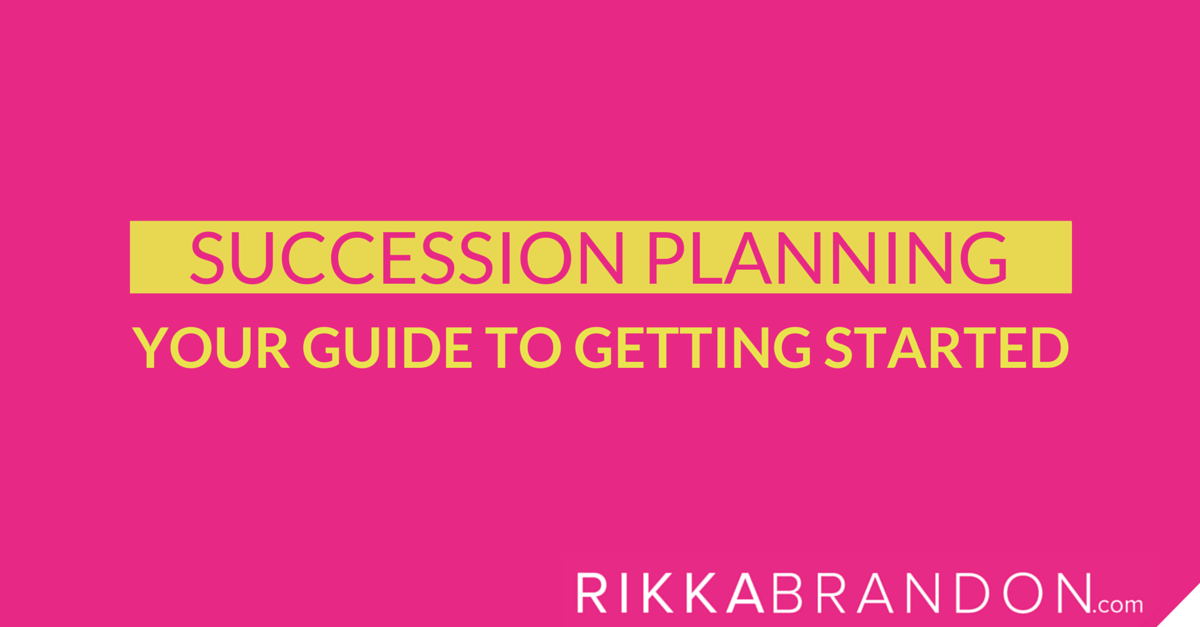This is a guest post by Tamara Anderson.
My husband is a great teacher.
Throughout our 26-year relationship and 20-year marriage, he’s challenged me to try new things that were out of my comfort zone. I’ve learned to mountain bike through some steep and tricky terrain. He’s taught me the art of cross country skiing and to trust myself and let the skis do their work. He’s even coaxed and coached me through a little downhill skiing.
So what makes him a great teacher?
First of all, his patience to continue to be supportive when I’m unsure of myself.
Second, and just as important as his patience, is his recognition that if I have the right equipment and the right gear, my likelihood for success will increase substantially. And finally, he understands the power in providing real-time guidance, feedback, and encouragement to help me learn and succeed.
So whether we’re mountain biking, skiing or trying something else for the first time, he always makes sure I have the right tools to ensure my success.
Succession Planning isn’t so different. For most of us, it’s outside our comfort zone. We don’t feel like we know where to begin so we just don’t start.
Succession planning is a critical part of your organization’s overall Talent Management Strategy.
It’s a leadership process that is complex, challenging, and highly rewarding.
When successful, everyone wins, including current leadership, future leadership and the organization as a whole. It will help you provide a critical service to the future of the organization while making sure that your vision for the culture, values, and achievements of the organization will be sustained.
What Is Succession Planning?
Succession Planning is a management process that provides a pipeline of qualified candidates to fill leadership positions in each area of your business.
- Succession planning aids in identifying the depth of talent in a business unit, readiness levels of high potential talent, development plans for individual growth and structured plans for moving talent.
- It is a process that includes workforce planning, addressing potential talent gaps, and developing leaders for the future. It is used by executives to run their business.
- When used properly, the succession planning process will make a major contribution in helping to identify positions required in a workforce, skills and experience needed for those positions, and who should stay or move on to other roles and areas.
It is not just to identify backups for positions.
Here is your guide to getting your succession planning started.
Analyze Your Organization And Jobs
Review your organization structure. Consider the direction and changes confronting your particular business or organization and where it is headed over the next 3-5 years. Focus on any significant changes in job requirements, responsibilities or reporting relationships. Questions to consider:
- Is the current structure successfully supporting your business processes and practices?
- What specific changes are anticipated in the future (i.e., shifts in emphasis, areas of expansion or contraction, reporting relationships, responsibilities)?
- What is the time frame for these changes?
Evaluate Employee Potential
Review the following information for each employee. This information will be used to help you determine an employee’s performance level, potential and timeline for position/responsibility changes:
- Performance appraisal ratings in current position
- Employee profile and overall performance “track record”
- Development plans, assignments and career aspirations
- Available “assessment” information (i.e., 360’s, leadership assessments, climate surveys)
Talent Review Meeting
The purpose of the Talent Review Meeting is to bring leaders together to discuss overall talent of the organization. When conducted well, Talent Review Meetings should result in:
- Better understanding of potential talent
- Critical openings filled with long-term succession view vs. short-term need
- Talent identified and developed earlier in careers for more challenging positions
- Development plans more accurately reflect needs and career planning
This is not an easy process, but it is a rewarding one that can position you and your organization to be prepared for what lies ahead because you have the right tools to help you be successful.
Don’t try to go it alone either. There are many resources available that can support you in this process. Enjoy your FREE Succession Planning download now to learn more.
Click here!
Be the inspiration you want to see in others and thank you for sharing on social media!
Guest Author
Tamara Anderson is a Co-Owner and Team Performance Strategist at Dale Carnegie of ND who aligns business strategies and people practices to drive results. She has a passion for performance, works to exceed the WOW factor, powers up organizational culture, loves her clients, and expects business results. In a nutshell, she is the fork in the road where culture and strategy meet.


Recent Comments